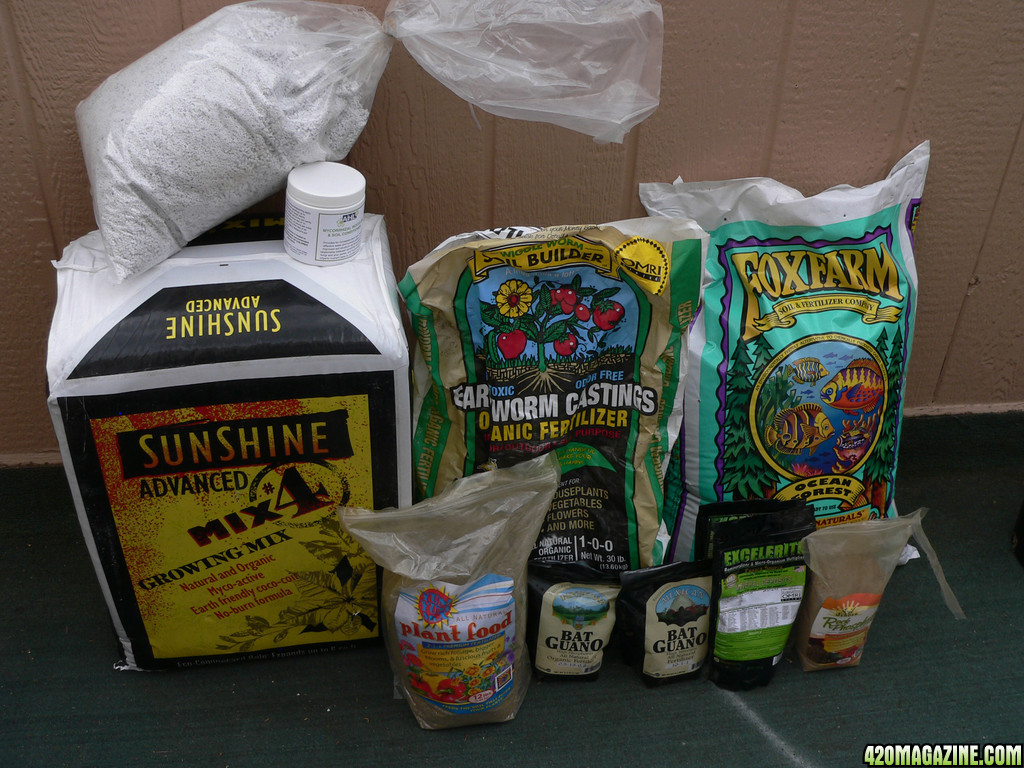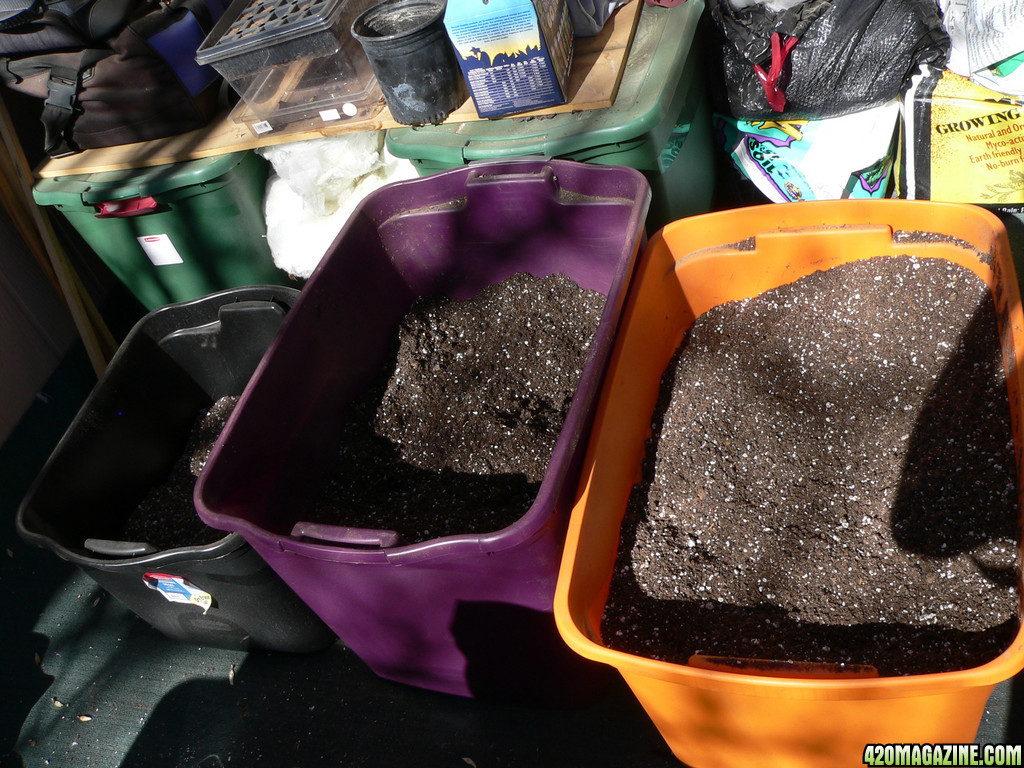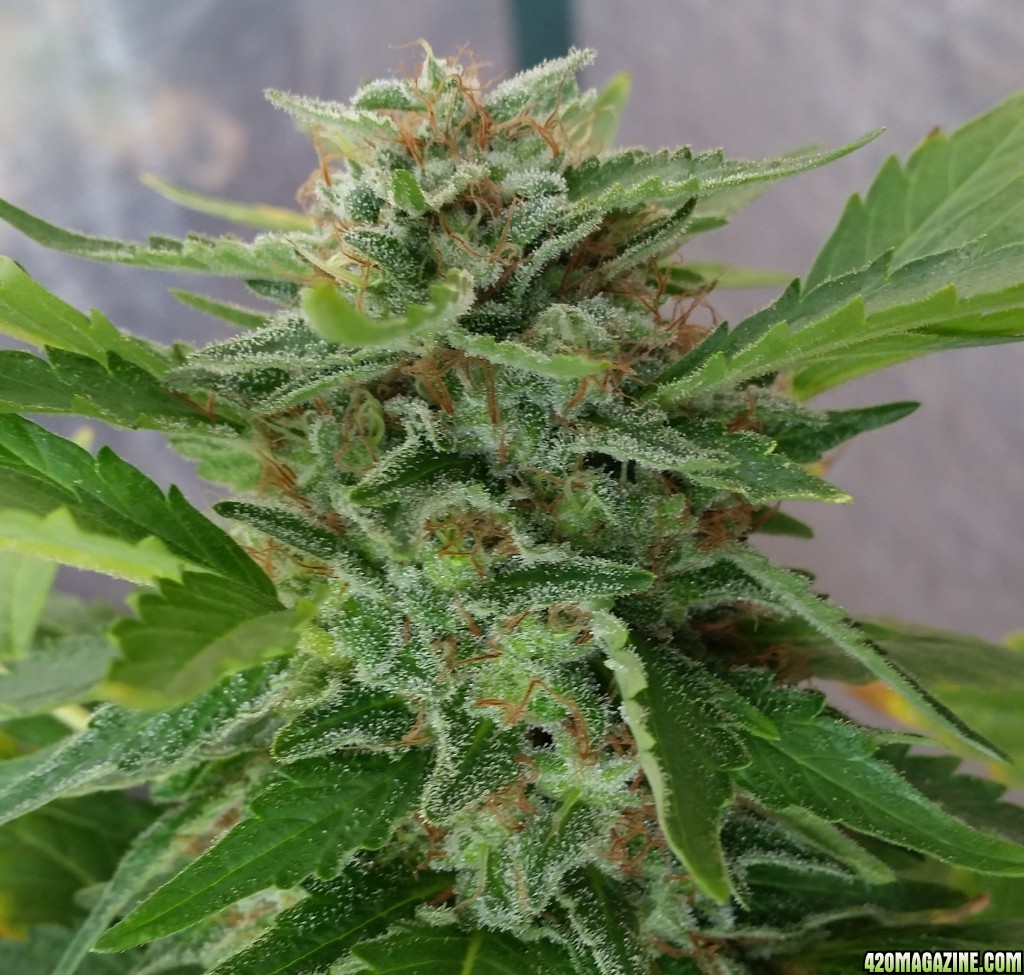SweetLeef
New Member
That is awesome SBG!
I think that settles it. Once I work through my plants that are in large pots, I won't worry about potting up. That is pretty sweet.
Hey Sue,
Do you make your aloe juice? Can I get your recipe?
I think that settles it. Once I work through my plants that are in large pots, I won't worry about potting up. That is pretty sweet.
Hey Sue,
Do you make your aloe juice? Can I get your recipe?









